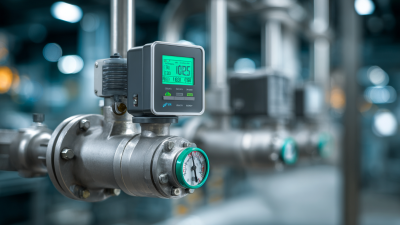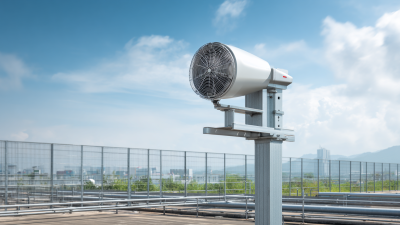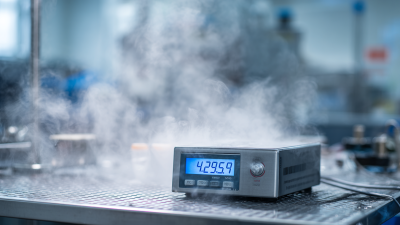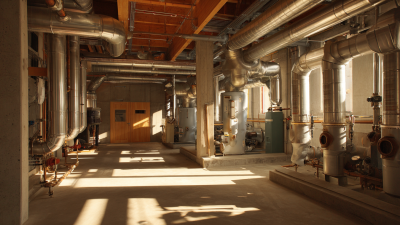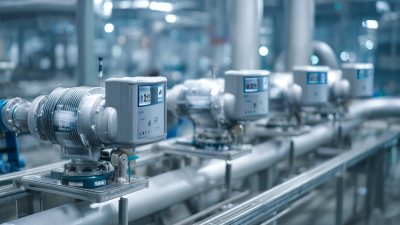
-
Home
-
Product Center
-
Application
-
Support
-
JT Cloud
-
About Us
-
Contact Us
Leave Your Message

In the realm of industrial operations, accurate measurement of air flow is crucial for optimizing efficiency and minimizing emissions. Air Flow Meters play a pivotal role in ensuring that facilities operate within the defined parameters, influencing both productivity and environmental compliance. According to a report by the U.S. Department of Energy, industries that utilize precise air flow measurement can improve energy efficiency by up to 20%, directly correlating to reduced operational costs and emissions. The integration of high-accuracy Air Flow Meters can lead to better process control, helping industries comply with increasingly stringent environmental regulations. In a landscape where sustainability drives innovation, understanding the impact of air flow meter accuracy becomes essential for both economic and ecological benefits, paving the way for smarter and greener industrial practices.
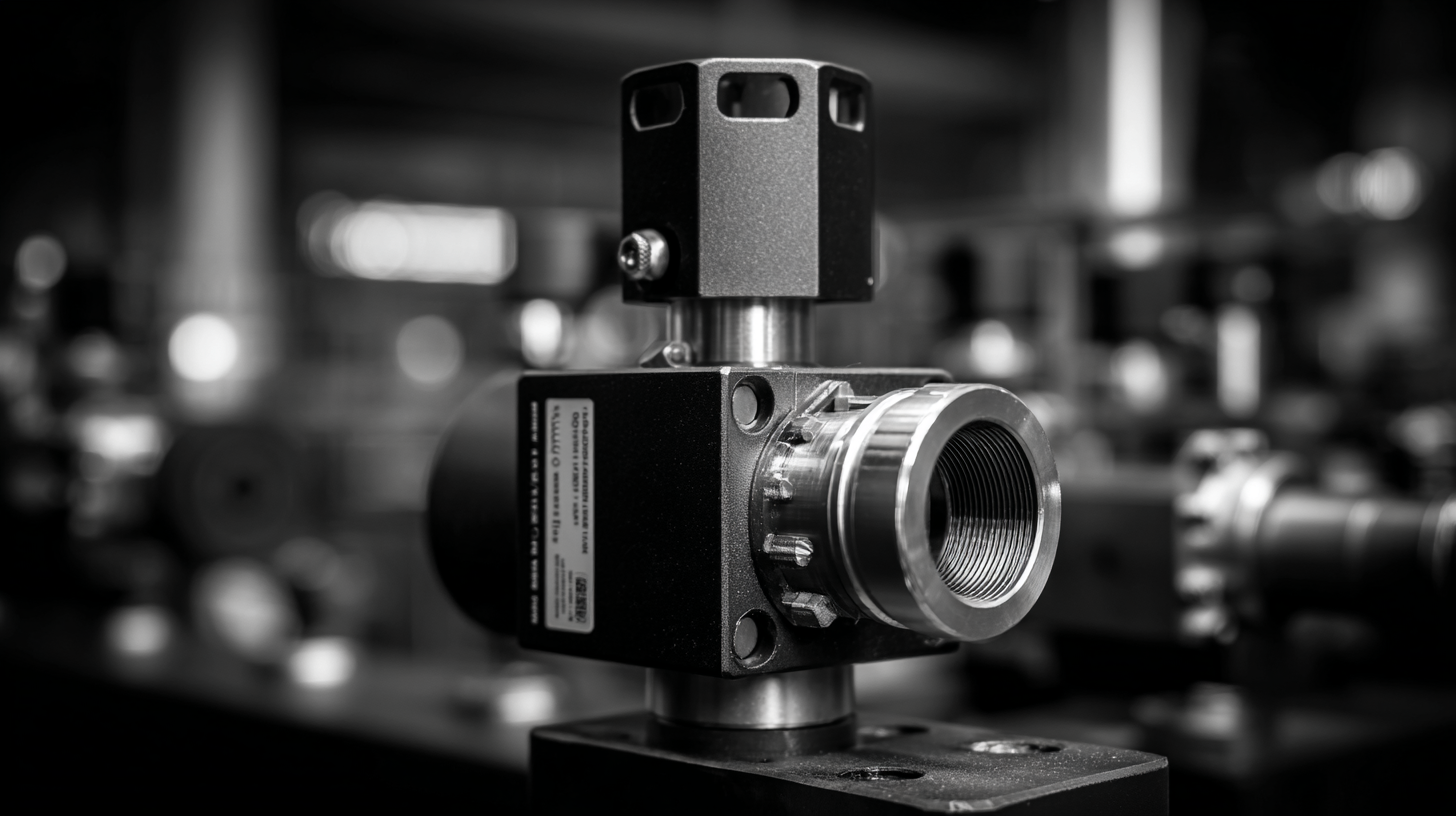
Accurate air flow measurement is critical for optimizing energy consumption in industrial processes. According to a report by the U.S. Department of Energy, compressed air systems account for nearly 10% of industrial electricity usage, with improper air flow measurements leading to energy waste and cost overruns. For instance, a 5% error in air flow measurement can result in an additional energy cost of up to $25,000 annually for a medium-sized manufacturing facility. This highlights the necessity for precise air flow meters to ensure efficient operation.
Moreover, the reliability of air flow meters plays a pivotal role in emissions reduction strategies. Research by the International Energy Agency indicates that enhancing air flow meter accuracy can lead to a 15% reduction in greenhouse gas emissions from industrial sectors reliant on combustion processes. By optimizing fuel combustion through better air flow measurements, industries not only improve their energy efficiency but also actively contribute to sustainability goals. The correlation between air flow meter accuracy and energy consumption underscores the importance of investing in high-quality measuring instruments as part of a comprehensive approach to industrial efficiency and environmental responsibility.
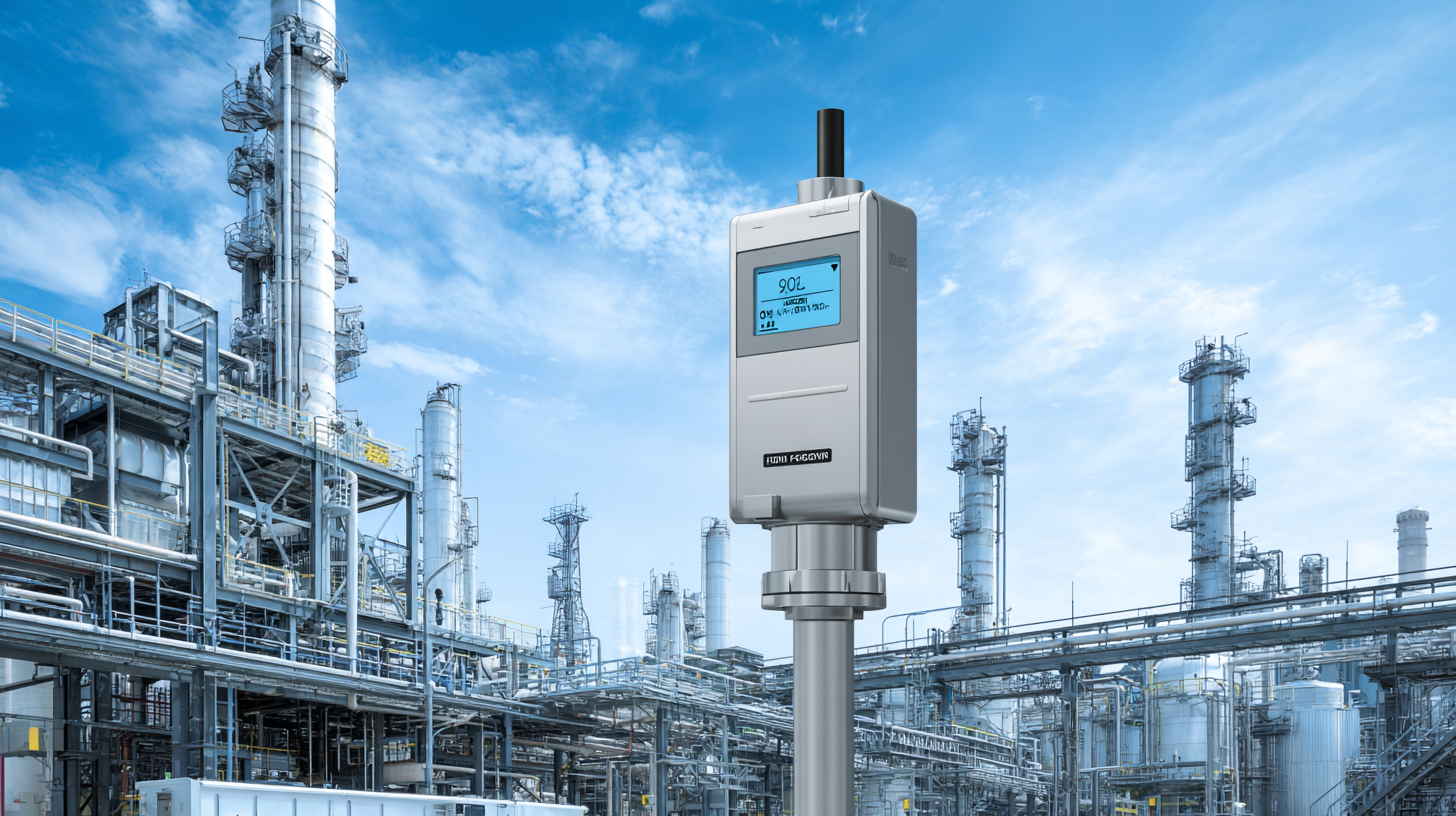
The calibration standards for air flow meters play a critical role in ensuring accurate measurements that directly affect industrial efficiency and emissions reduction. Proper calibration is vital as it establishes a baseline for measuring air flow accurately, enabling industries to monitor their processes effectively. Various calibration techniques, such as using standardized flow meters and controlled environments, help maintain the reliability of measurements over time. Adherence to recognized standards, such as those set by the International Organization for Standardization (ISO), ensures that air flow meters provide consistent and repeatable results, which is essential for making informed operational decisions.
Moreover, the accuracy of air flow meters is closely linked to their design and the materials used in their construction. Regular maintenance and recalibration are crucial in preventing drift in measurements that could lead to inefficiencies or increased emissions. Industries adopting rigorous calibration protocols can optimize their systems for better fuel efficiency and reduced greenhouse gas emissions. By investing in quality calibration practices, facilities can also ensure compliance with environmental regulations, ultimately contributing to sustainability goals while enhancing their overall operational performance.
| Measurement Parameter | Value | Unit | Calibration Standard |
|---|---|---|---|
| Flow Rate Accuracy | 0.5 | % | ISO 5167 |
| Pressure Measurement Accuracy | 0.1 | % of Full Scale | ASME PTC 19.5 |
| Temperature Measurement Accuracy | 0.5 | °C | ASTM E2877 |
| Repeatability | 0.2 | % | ISO 9001 |
| Response Time | 2 | seconds | IEC 61000 |
Accurate air flow measurement is critical in industrial settings, as demonstrated in various real-world case studies where significant efficiency gains and emissions reduction have been achieved. For instance, a recent analysis highlighted that precise air flow meters can enhance the performance of HVAC systems, leading to energy savings of up to 30% in large commercial buildings. These improvements directly contribute to reduced operational costs and lower carbon footprints, vital in the face of increasing energy demands and climate change pressures.
Tips for improving air flow measurement include regular calibration and maintenance of air flow meters, which ensures consistent accuracy. Additionally, integrating advanced technologies such as AI-driven analytics can optimize air distribution patterns and enhance overall system efficiency. A method for demand controlled ventilation based on pressure loss models further exemplifies how precise measurements are linked to effective airflow regulation, ensuring energy-efficient operation even under varying building conditions.
Moreover, industry reports indicate that the built environment is responsible for about 40% of global energy-related carbon emissions. By adopting effective air flow measurement practices, businesses can tackle both energy waste and environmental impact. Emphasizing the importance of quality monitoring and measurement in air flow systems, organizations can drive towards a sustainable future with improved industrial efficiency.
Accurate air flow measurements are crucial for industries aiming to meet emissions reduction goals. According to a report by the American Society of Mechanical Engineers, inaccuracies in air flow meters can lead to 5-10% higher emissions than anticipated. This discrepancy adversely affects not only regulatory compliance but also operational efficiency. In industries where emissions are closely monitored, enhancing the precision of air flow meters can result in significant improvements in both efficiency and environmental impact.
To optimize air flow meter performance, regular calibration is essential. Industry standards suggest calibration at least once a year, or more frequently in dynamic environments. Additionally, investing in high-quality, state-of-the-art air flow meters can provide better accuracy and reliability, translating to measurable reductions in emissions and improved compliance with environmental regulations.
Tips: Consider integrating advanced diagnostic tools that can continuously monitor air flow meter performance, ensuring any deviations from expected accuracy are promptly addressed. Also, engage your maintenance team in training sessions focused on the importance of meter precision to foster a culture of accountability and efficiency within your operations.
Maintaining the accuracy of air flow meters is crucial for optimizing industrial processes and reducing emissions. Regular calibration is one of the best practices to ensure that air flow meters provide precise readings. It is essential to set a consistent calibration schedule based on the manufacturer's recommendations or industry standards. This not only prolongs the lifespan of the meters but also enhances their reliability in measuring air flow accurately.
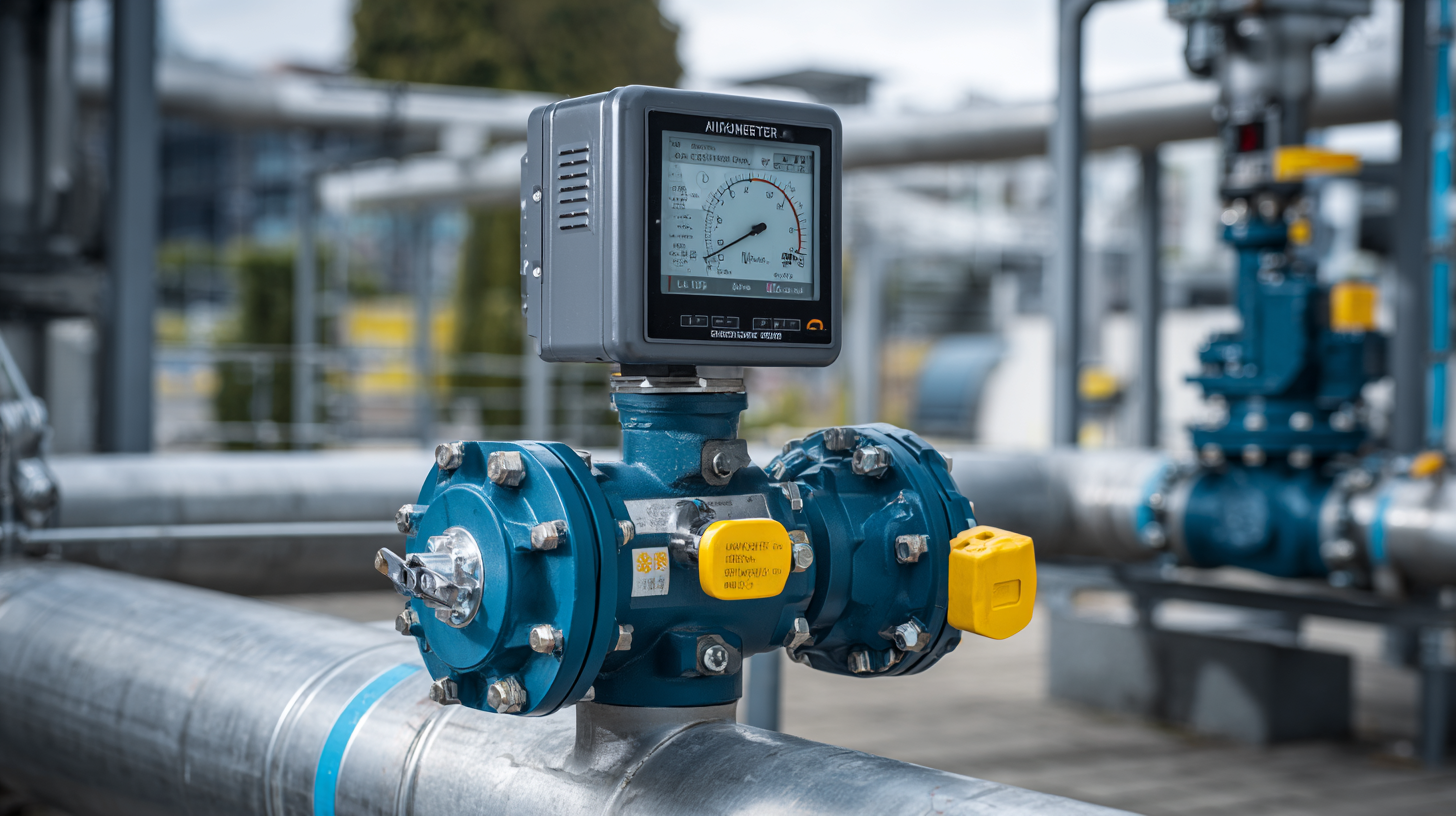
Tips: Conduct bi-annual inspections of your air flow meters to check for any signs of wear or damage. Keep a detailed log of maintenance activities, including calibration dates and results. This will help identify patterns or recurring issues that might affect performance.
Another best practice involves the installation location of air flow meters. Avoid placing them near bends or obstructions in ductwork, as turbulent flow can lead to inaccurate readings. Ensuring that the flow meters are situated in straight sections of ductwork, with adequate upstream and downstream lengths, will help maintain smooth airflow and accurate measurements.
Tips: Implement a training program for staff to ensure they understand the importance of proper air flow meter maintenance. Equip them with guidelines to detect and address potential issues promptly, thereby maximizing efficiency and supporting emissions reduction.
